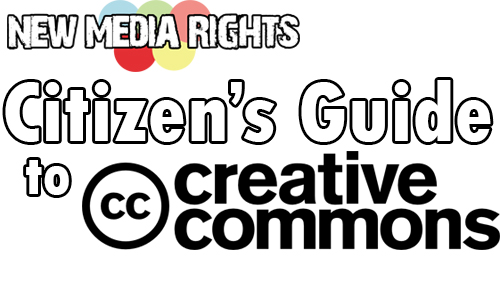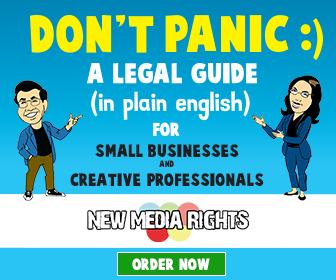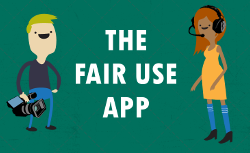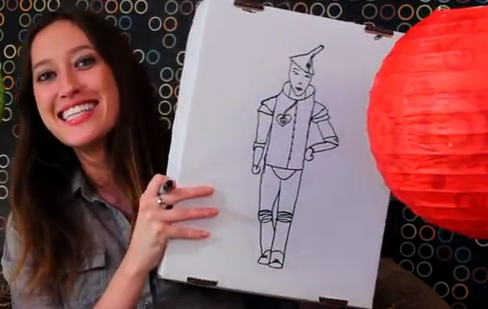Digital Millennium Copyright Act (DMCA)
Open Jobs, Internships, and Volunteer Opportunities
Legal and How-to Guides for Independent Creators, Internet Users, nonprofits, and small businesses
Best Practices for Creative Commons attributions - how to attribute works you reuse under a Creative Commons license
How service providers deny users the right to counternotify for content removed by DMCA takedown notices
Is the DMCA the weapon of choice for Internet bullies?
EFF Launches TOSBack - A 'Terms of Service' Tracker for Facebook, Google, eBay, and More
The AP is going stop bloggers from pirating content (or quoting in fair use for legitimate reasons)
Essential Free and Open Source Software Toolkit
Pages
Learn about our legal services for: App Developers, Artists & Graphic Designers, Bloggers & Journalists, Clothing Designers, Entrepreneurs, E-commerce Business People & Startups, Filmmakers & YouTube creators, Public Broadcasting producers,Game Developers, Internet users & Smartphone users, Makers, Musicians, Non-Profits, Photographers, Scholars, Researchers, and Writers and Publishers.



 Internet bullies are taking matters into their own hands by trying to use the "safe harbor" provisions of the DMCA to wrongfully intimidate others. It is crucial for all Internet service providers, website operators, bloggers, etc. to fully understand the state of the law in order to avoid unneccesary harassment.
Internet bullies are taking matters into their own hands by trying to use the "safe harbor" provisions of the DMCA to wrongfully intimidate others. It is crucial for all Internet service providers, website operators, bloggers, etc. to fully understand the state of the law in order to avoid unneccesary harassment.




